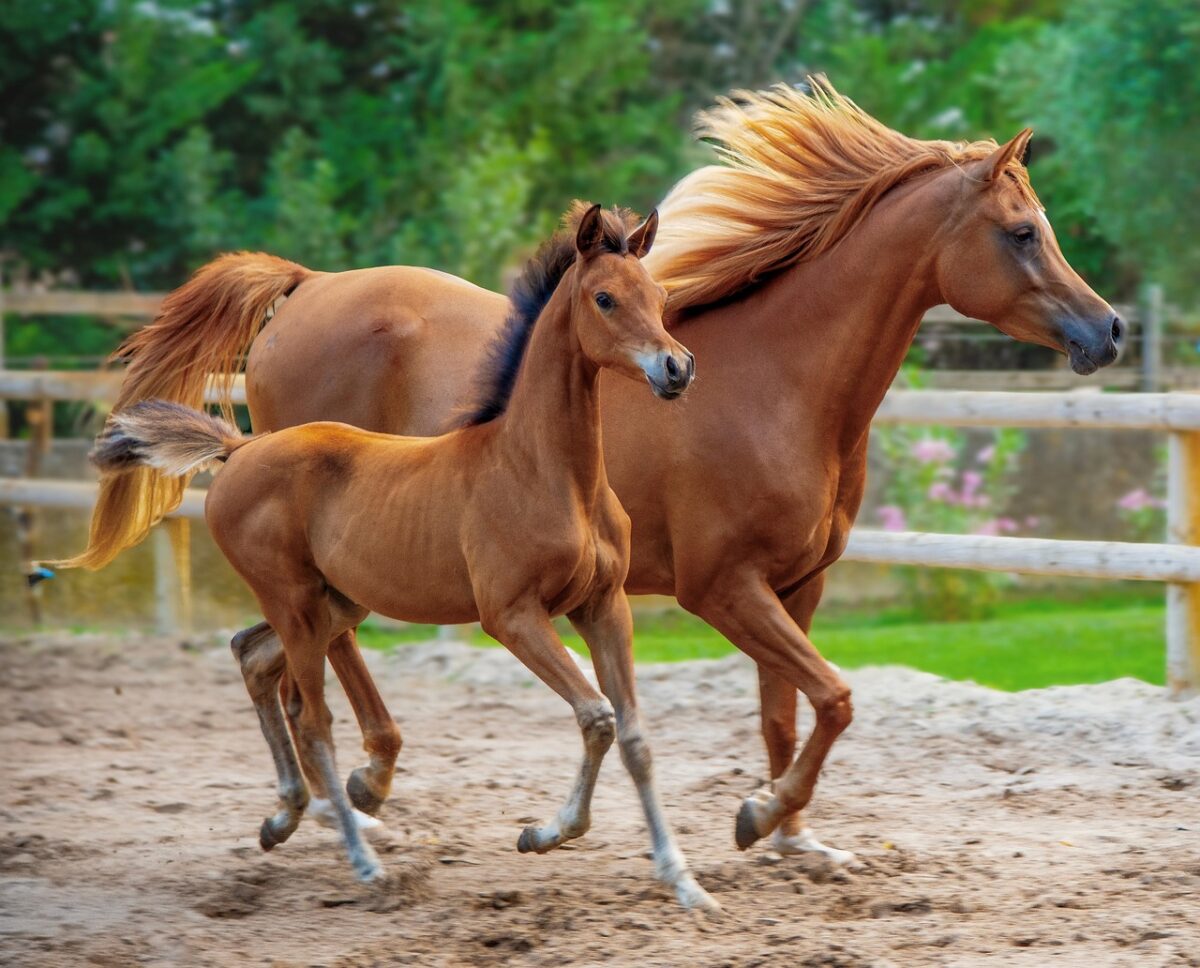Have you ever wondered what it’s like to walk your million-dollar companion? The world of exotic and luxury pet ownership stretches far beyond the neighborhood dog park, reaching heights that would make your wallet weep and your neighbors gasp. From racing pigeons that soar past the million-dollar mark to ancient dog breeds that cost more than luxury cars, the realm of expensive pets reveals humanity’s endless capacity for extravagant animal companionship.
Thoroughbred Racehorse

The absolute pinnacle of expensive pet ownership belongs to thoroughbred racehorses, with Fusaichi Pegasus being sold for $70 million in 2000 after winning the Kentucky Derby. These equine athletes represent the perfect storm of athletic prowess, genetic excellence, and breeding potential.
What makes these horses so valuable isn’t just their racing ability, but their potential as breeding stallions. After retiring from racing, the horse commanded astronomical fees as a stud, with his most famous offspring, Ruler On Ice, winning the Belmont Stakes in 2011. The investment in these magnificent creatures often pays dividends through generations of champion offspring.
Racing Pigeon
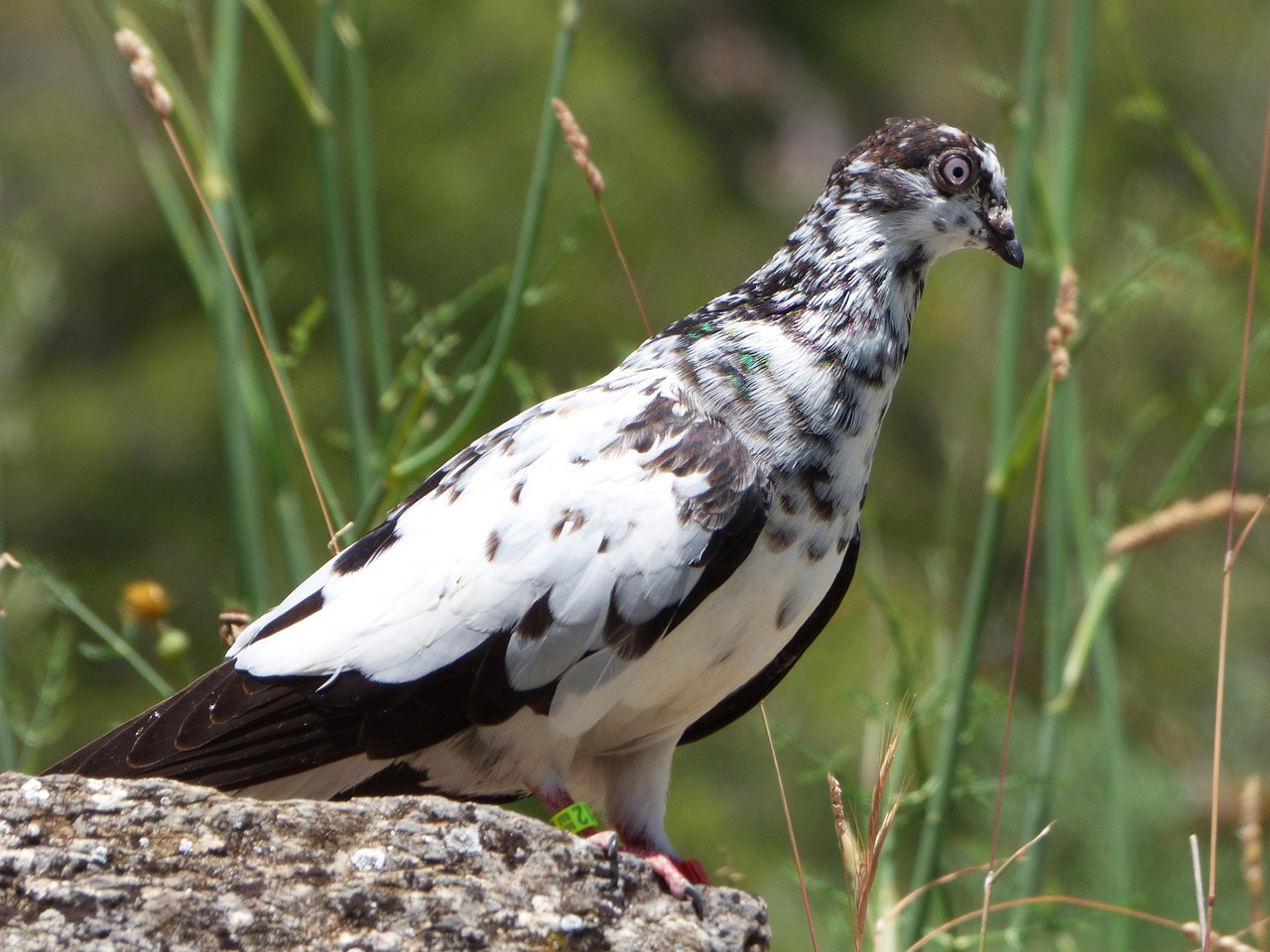
A racing pigeon enters the list of most expensive pets to buy right now after the award-winning bird, New Kim, was sold at auction in 2020 for a record-breaking $1.9 million. These feathered athletes have transformed from simple message carriers into million-dollar investments for wealthy racing enthusiasts.
Bolstered by a fervent fanbase and high-stakes competitions, racing pigeons command record prices, with top specimens fetching millions at auction. These feathered athletes attract buyers from around the world, driven by a passion for pigeon racing. The sport’s popularity, particularly among China’s elite class, has driven prices to astronomical levels.
Tibetan Mastiff

Before 2011, the Tibetan Mastiff was ranked lower on the most expensive pets list, but that year, the purebred Red Tibetan Mastiff Big Splash was sold for $1.5 million. The ferocious puppy didn’t hold his title for long because, in 2015, a Tibetan Mastiff was sold in China for $1.9 million. These massive guardians represent both ancient nobility and modern luxury.
These devoted friends have their roots in the Tibetan Plateau, where they have been bred for thousands of years to protect cattle and homesteads from the harsh environment of the Himalayas. The Tibetan Mastiff is a faithful family protector because it still possesses its protective instincts, even in modern times. Their lion-like manes and fierce loyalty make them living symbols of strength and prestige.
Holstein Cow

For the price of $1.2 million, you could have your own Holstein breed of cow after Missy was bought for this price tag in 2009. While most people don’t consider cattle as pets, some wealthy collectors treat prize-winning dairy cows as cherished companions and investments.
Missy was only the second Canadian cow to sell for over $1 million. She was bought in partnership by Gert Andreasen of Denmark and Mark Butz of the US. Missy has won several awards at cattle fairs in the US. Now you know why she commanded such a premium price. Her exceptional genetics and show-winning pedigree made her a valuable breeding asset.
Cloned Dog

In 2009, a couple paid $155,000 after winning an auction to have their beloved pet, Lancelot, cloned by BioArts. A South Korean firm used the DNA from a beloved dog named Lancelot and injected it into an egg from a surrogate dog. This represents one of the most emotionally expensive pet purchases ever made.
Although shelters euthanize over 900,000 cats and dogs every year in the United States alone, some people are prepared to pay high prices to have a clone rather than rescue one. The controversial practice reflects the deep bonds people form with their pets and their willingness to pay extraordinary amounts to preserve that connection.
White Lion Cub

If you’re fond of rare wild cats, you can hand over $140,000 for a gorgeous white lion cub. Hailing from the Timbavati region of South Africa, white lions carry a recessive gene that gives them their white color. These ethereal big cats represent nature’s rarest genetic artistry.
Providing fresh meat, purchasing permits, taking the cat to a specialized wildlife vet, and barricading an enclosure for the cat to live can cost more than the purchase price. The ongoing care requirements make these magnificent creatures a commitment that extends far beyond their initial sticker price.
Arabian Horse
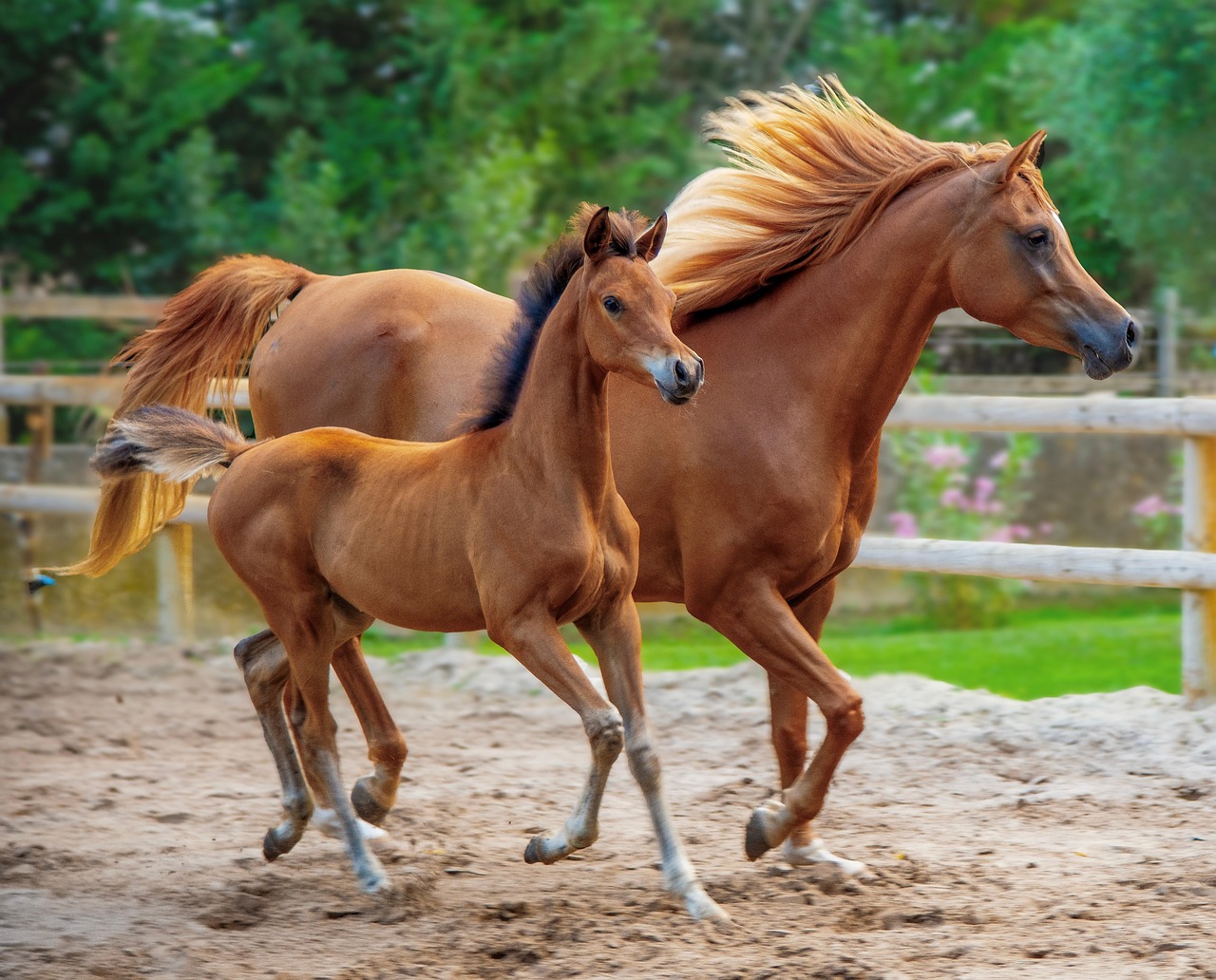
Originating on the Arabian Peninsula and praised for their beauty and speed, Arabian Horses can go for anywhere between $15,000 to $130,000. These ancient equines have captured hearts and wallets for thousands of years with their distinctive dished faces and high-carried tails.
The harsh Arabian Peninsula produced these beautiful, intelligent, and athletic horses. Bedouin tribes nurtured Arabian horses for ages to survive the desert. Their small build gives them power and agility, while their endurance lets them go far with little water. Their legendary stamina and beauty continue to command premium prices among horse enthusiasts worldwide.
Stag Beetle

Nearly 25 years ago, a businessman in Japan purchased a gigantic stag beetle for a staggering $90,000. These insects might seem like an unusual choice for an expensive pet, but their rarity and cultural significance in Japan drive collectors to pay extraordinary prices.
Stag beetles are especially popular in Japan. Dubbed “black diamonds,” you’ll find them sold in pet shops, train stations, and even posh department stores. Their impressive mandibles and striking appearance make them living jewels for insect enthusiasts who appreciate their unique beauty.
Savannah Cat

A hybrid of a wild serval and a domestic cat, the Savannah is one exotic pet that turns heads. With its long, graceful body, large ears, and wild appearance, it’s no wonder these cats cost between $10,000 and $20,000. These stunning felines offer the perfect blend of wild beauty and domestic companionship.
The appeal? A mix of wild beauty with domestic cat behavior makes them a fascinating (albeit high-maintenance) companion. They’re energetic, playful, and need plenty of space to roam, which makes them ideal for wealthy folks living in sprawling mansions. Their dog-like loyalty combined with feline grace creates an irresistible package for luxury pet owners.
Hyacinth Macaw

When it comes to expensive pets, the hyacinth macaw is the epitome of luxury. With its brilliant blue feathers and powerful beak, this stunning bird costs anywhere from $5,000 to north of $30,000. These magnificent parrots are nature’s living sapphires, commanding attention wherever they spread their wings.
Soaring across South American rainforests, the hyacinth macaw is stunning. This parrot is the world’s largest flying parrot due to its bright plumage and remarkable wingspan. The hyacinth macaw is appealing due to its deep brain and social behavior, despite its regal appearance. Their intelligence and ability to form deep bonds with owners make them worth every penny for bird enthusiasts.
De Brazza’s Monkey
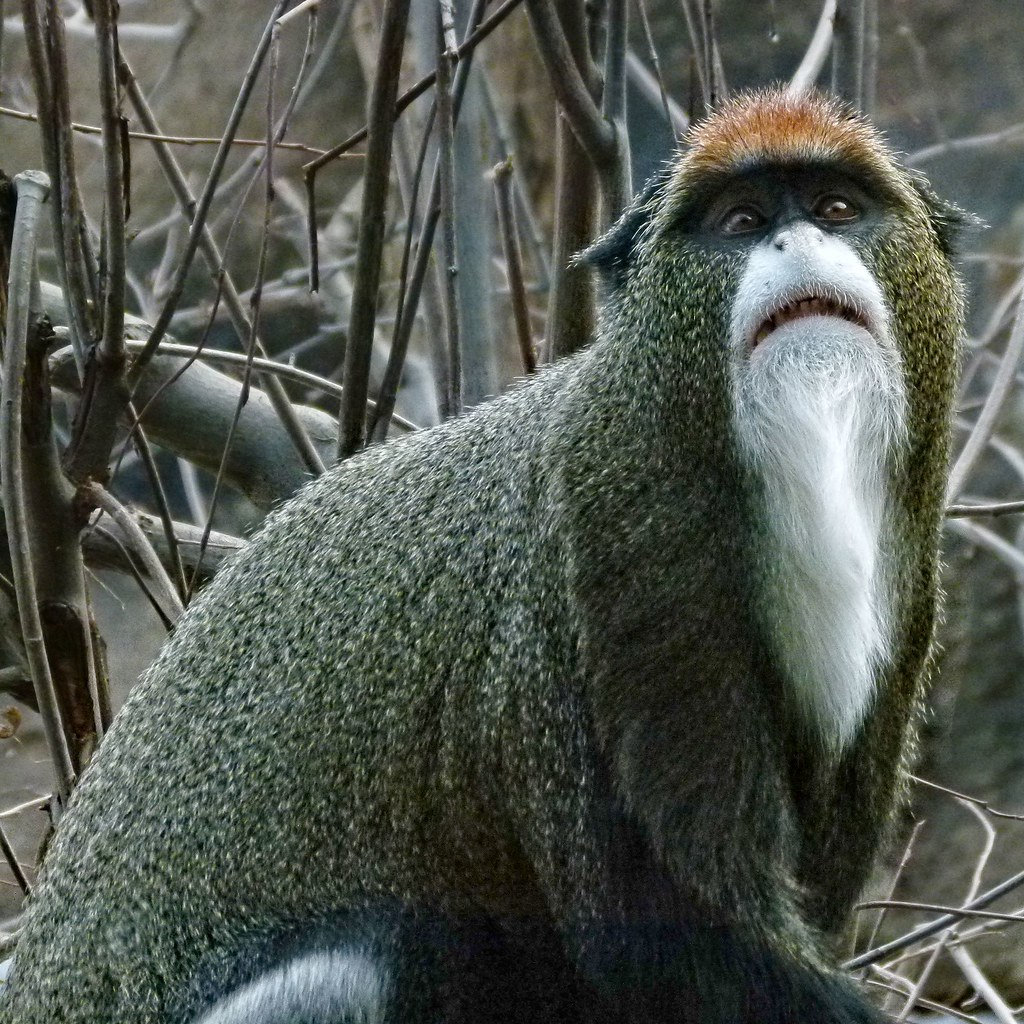
One of the oldest monkey species, the De Brazza’s monkey is known for its fleck of orange hair above its eyes and thick white beard. Coming from Central Africa, most De Brazza’s monkeys take up home in zoos, although some pet owners have paid up to $10,000 for infants. These primates represent both ancient lineage and modern luxury.
While not a conventional pet choice, De Brazza’s monkeys command a hefty price tag due to their rarity and unique charm. Native to Central Africa, these primates are characterized by their distinctive cheek pouches and swamp-dwelling habitats. With proper care and attention to their specialized needs, De Brazza’s monkeys can thrive in captivity. Their engaging personalities and striking appearance make them fascinating companions for those legally able to own them.
Capuchin Monkey

These clever eyes and naughty grins make capuchin monkeys some of the most fascinating primates. These social Central and South American monkeys are the sharpest New World monkeys, known for their problem-solving and tool use. Their intelligence and trainability have made them stars of both entertainment and exotic pet circles.
The capuchin monkey is one of the most sought-after exotic pets, thanks to its intelligence, playful personality, and surprising ability to be trained for basic tasks. These tiny primates cost anywhere from $5,000 to $7,000, but the real cost comes with their high-maintenance care. Capuchins need constant stimulation, social interaction, and specialized diets. They’re essentially tiny toddlers with opposable thumbs and the price tag to match.
Lavender Albino Ball Python

The Lavender Albino Ball Python stands out for its mesmerizing coloration, featuring vibrant yellow spots against a lavender backdrop and piercing red eyes. As a prized collector’s item, this python’s rarity and unique genetic traits contribute to its lofty price tag. While relatively easy to care for, proper husbandry practices are essential. These serpentine gems can cost tens of thousands of dollars for perfect specimens.
With its placid nature and stunning color changes, the ball python’s Lavender Albino is mesmerizing. Reptile aficionados love this rare albino morph because it reimagines the ball python look. The purple Albino glitters purple instead of white like the ordinary albino ball python. This foundation hue increases with maturity, providing a captivating impression. The Lavender Albino’s yellows become brighter and clearer. Their beauty only intensifies with age, making them living works of art.
Löwchen
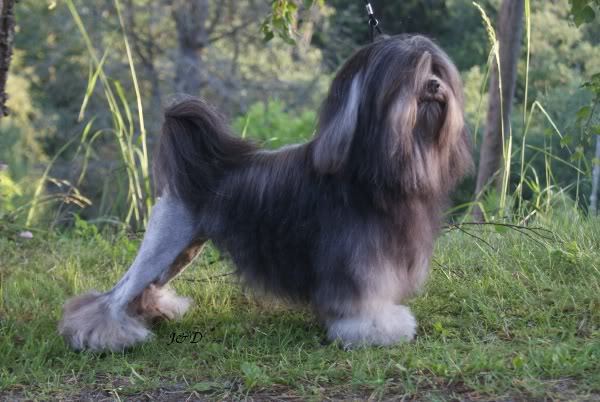
The Löwchen, or “Little Lion Dog,” is a friendly, playful companion dog with a long history. These little dogs, possibly from France, were treasured by royalty for their likeness to miniature lions. The Löwchen’s devoted and affectionate nature in a little package makes it a compelling breed. These pint-sized lions have been stealing hearts for over five centuries.
Known as the “little lion dog” for its regal bearing, the löwchen has been popular for over 500 years among Europe’s elite. The löwchen is extremely rare. Only 300 purebred Löwchen dogs are born yearly, with the majority in France, where the breed originates. Expect the cost to purchase this breed to start at $4,000 and climb from there. Their scarcity and royal history make them perfect lapdogs for those with expensive taste.
Afghan Hound
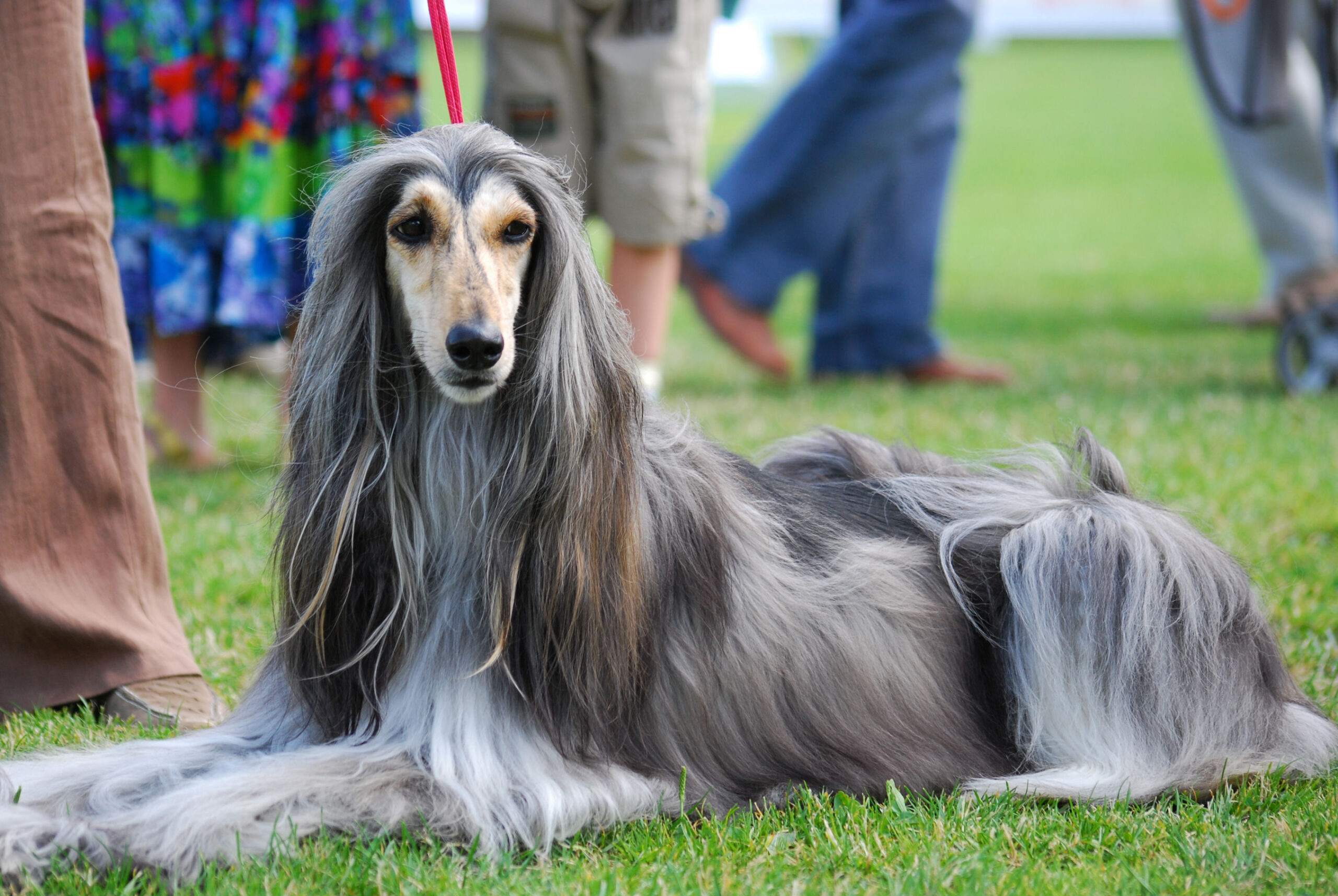
With its flowing, silky coat and regal posture, the Afghan Hound looks like it just walked off a fashion runway. But beauty comes at a cost: The lifetime cost of these elegant hounds can be tens of thousands of dollars. These canine supermodels require the kind of grooming budget that would make a celebrity blush.
The Afghan Hound comes from the mountains of Afghanistan and is widely regarded as one of the most beautiful dogs with their flowing coats and curly tails. They even require daily hair brushing because their long silky coats become tangled very easily. Their stunning appearance comes with a maintenance routine that rivals any high-fashion model’s beauty regimen.
Caracal

The caracal is a wild cat that’s both beautiful and fierce, with a sleek, muscular body and striking tufted ears. Though primarily found in Africa and the Middle East, some wealthy individuals opt to keep these wild cats as exotic pets. Priced between $1,500 and $20,000, the caracal is not a pet for the faint of heart. These desert lynx bring wild elegance to luxury pet ownership.
Caracals, with their tufted ears and sleek bodies, are striking exotic pets. These wild cats can cost up to $12,000, reflecting their rarity and care requirements. Caracals need a large outdoor enclosure and a diet similar to that of a wild cat. Their hunting skills and playful nature make them both fascinating and challenging to keep. Owning a caracal is a testament to one’s commitment to exotic animal care. They represent the ultimate fusion of beauty and wildness.
Peppermint Angelfish
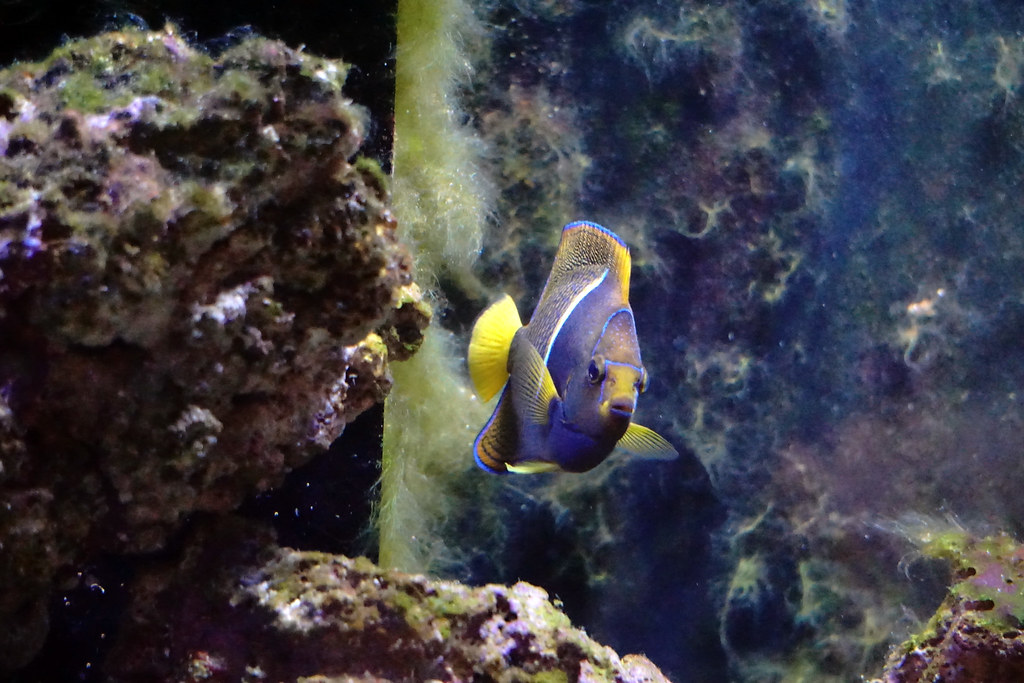
Peppermint Angelfish (Centropyge boylei) – named for their red-and-white striped bodies that appear like peppermint candies, these little fish are one of the rarest angelfish in the world. Believed to be endemic to the Cook Islands, and found in the central area of the South Pacific Ocean, this tiny fish has been known to command high prices and it is believed that one single fish was even offered at a price of $30,000. What drives their cost up is the extreme difficulty it takes to catch one. These living candies of the sea are nearly impossible to obtain.
Peppermint Angelfish is a petite jewel of other Fish of the deep, famous for its vibrant red and white stripes that make it look like a peppermint candy. Often found in the deep waters of the Rapa Iti in French Polynesia, these Fish are pretty elusive, contributing to their mystique. Their staggering price of $30,000 comes from their rarity and the difficulty of capturing them from their deep-water habitats. Their striking colors and scarcity increase their value in the eyes of collectors. They’re literally the holy grail of aquarium fish.
Masked Angelfish

The Masked Angelfish, inhabiting the Northwestern Hawaiian Islands, is known for its bright white body with a distinctive black “mask” over its face. This small-sized Fish displays sexual dimorphism, which means males and females have different appearances. Priced at $20,000, a fundamental factor for their high cost is their rarity, as they inhabit only a specific region worldwide. These mysterious fish wear nature’s perfect disguise.
Their limited geographic range and the extreme difficulty of collecting them from protected Hawaiian waters make them almost mythical among aquarium enthusiasts. The contrast between their pure white bodies and dramatic black masks creates an otherworldly appearance that justifies their astronomical price tag. For collectors, owning one represents the pinnacle of marine aquarium keeping.
Toucan

You could also provide a toucan with a home but like with other exotic birds, this pet requires specialized care. Plus, you should have about $7,000 on hand to bring them home. These tropical beauties bring the rainforest’s vibrancy into luxury homes with their enormous, colorful beaks and playful personalities.
Their distinctive appearance and intelligence make them captivating companions, but their specialized dietary needs and space requirements mean they’re definitely not beginner birds. Toucans need fruit-based diets, large flight areas, and consistent tropical temperatures. Their social nature and curious personalities reward dedicated owners with years of entertaining companionship that few other pets can match.
Fennec Fox
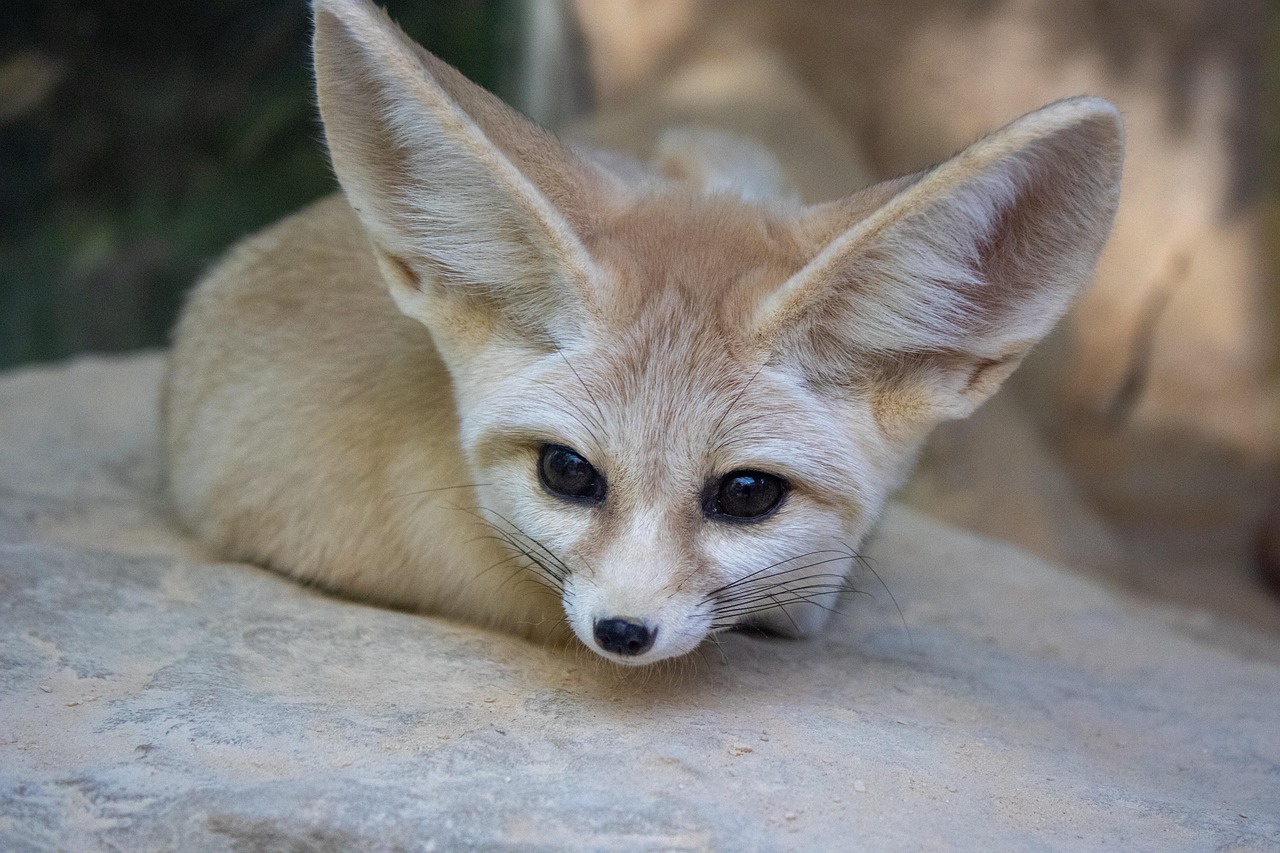
The Fennec fox, with its oversized ears and small stature, is a captivating exotic pet. Native to the Sahara Desert, these foxes can cost up to $3,500. Their unique adaptations to the desert environment make them fascinating to observe. They require specific care, including a diet rich in protein and a warm habitat. The Fennec fox’s playful and curious nature makes it a delightful yet challenging pet. These desert gems are like living stuffed animals with satellite dish ears.
With their fluffy fur, diminutive size, and adorably enormous ears, the Fennec fox is one of the most coveted exotic pet species in the entire world. Fennecs are not particularly cuddly animals, but they are very playful and energetic. And as if that wasn’t already cute enough, happy fennec foxes even purr like cats. Their purring sounds and endless energy make them the ultimate conversation starters.
Aldabra Giant Tortoise

If the average pet’s lifespan isn’t impressive enough, how about one that could outlive you? The Aldabra giant tortoise, a massive, slow-moving reptile, can live for over 100 years and is often passed down through generations of wealthy families. With prices ranging between $2,500 to $5,000, this tortoise is a true status symbol. Despite their size, these gentle giants are known for their friendly demeanor. These prehistoric beauties are essentially family heirlooms that eat lettuce.
Imagine owning a pet that your great-grandchildren might inherit – that’s the reality with these magnificent creatures. Their incredible longevity means they witness entire human generations come and go, creating bonds that transcend typical pet-owner relationships. Their calm, gentle nature and impressive size make them living monuments to patience and endurance in our fast-paced world.
Micro Pig

Cute, adorable and (as their name suggests) super small in size, micropigs can sell for anywhere between $50 to $6,000 depending on who you buy or adopt one from. These pint-sized porkers have captured hearts worldwide with their intelligence and surprisingly clean habits, though their “micro” status is often more marketing than reality.
The name “micropig” inspires pictures of cute, tiny pigs living happily at home. However, micropigs are controversial. Before you adopt micropigs, let’s examine their actuality. There’s no recognized micropig breed. Pigs selectively bred to be smaller than farm pigs are called this. Many buyers discover their “teacup” pig grows into a 100-pound housemate, making them perhaps the most surprising pet investment of all.
Wallaby
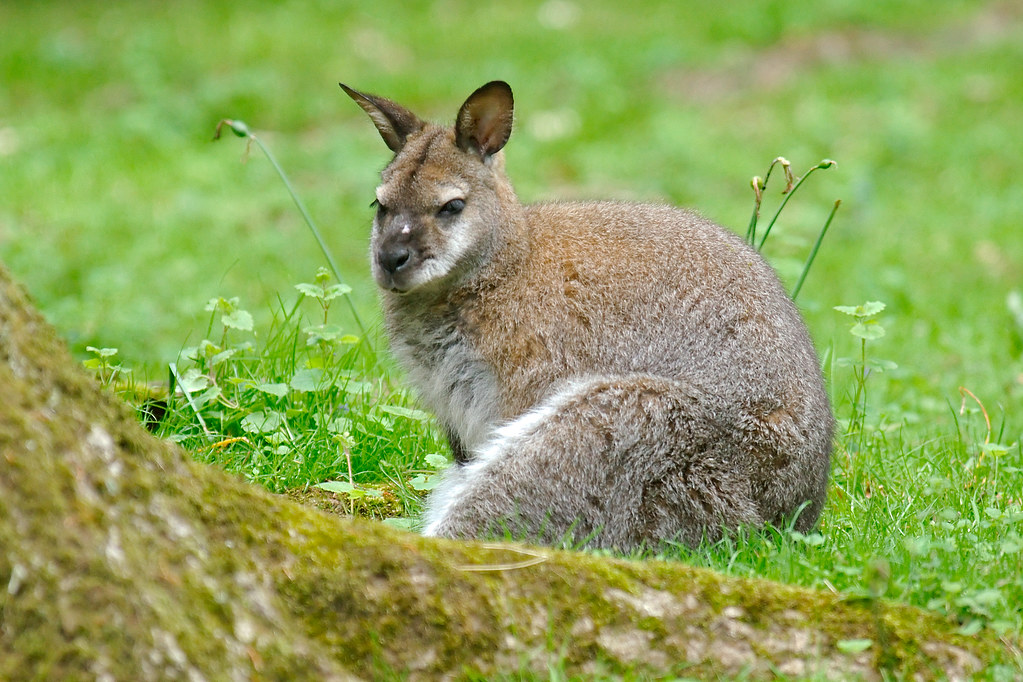
To the untrained eye, our next pet might look like a miniature kangaroo: Meet the wallaby from the land down under. Wallabies grow to about 30 inches in height and top out at over 40 pounds. They often cost around $4,000 to purchase. These pocket-sized marsupials bring Australian charm to exotic pet collections worldwide.
Similar to the Kangaroo, the Wallaby can also make an excellent pet! Originating from the land down under, the wallaby is a member of the kangaroo family. They’re known to have a similar temperament to a cat or dog and are illegal to keep in a lot of countries. Caring for a Wallaby costs around $200 – $500 a month. Their friendly nature and unique hopping gait make them unforgettable companions for those legally able to own them.
Bengal Cat
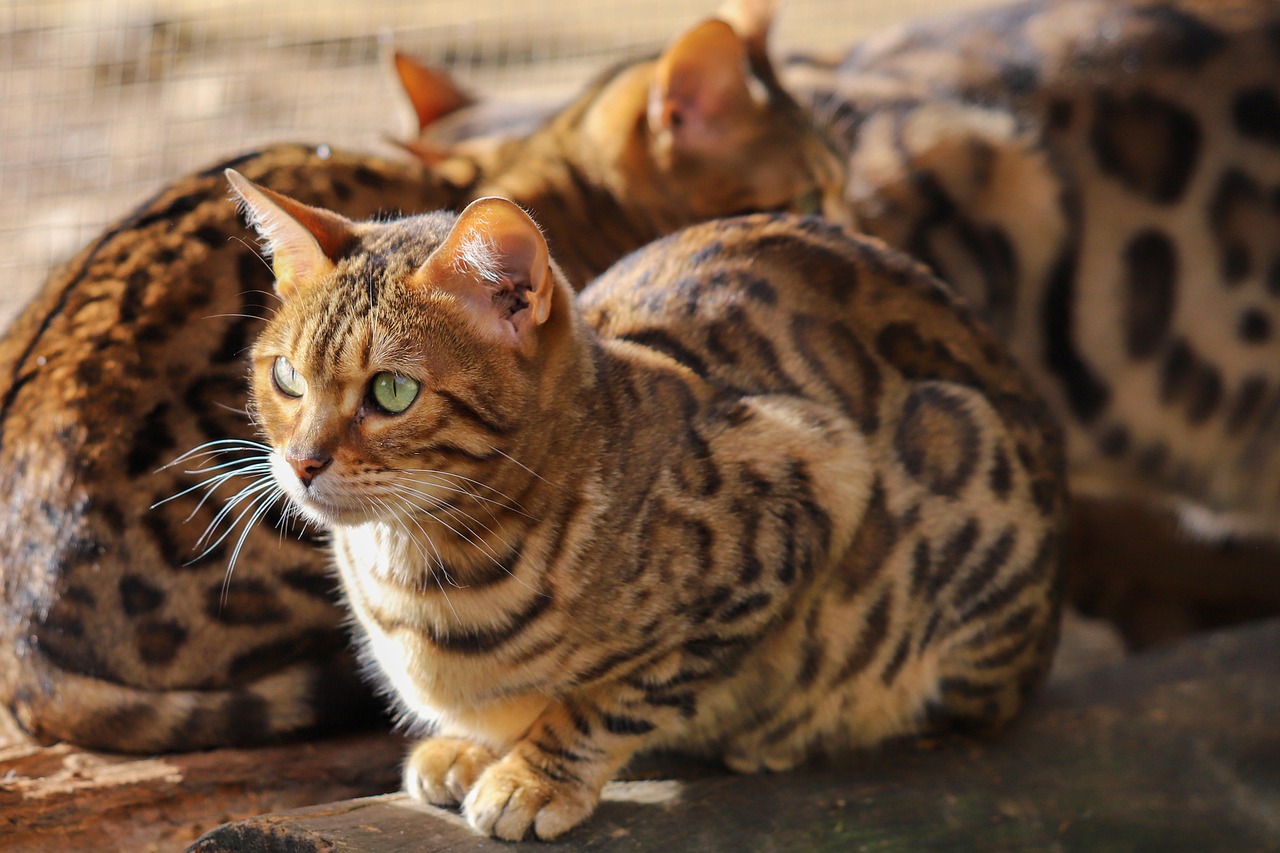
With its striking good looks, outstanding athletic abilities and chatty personality, the Bengal cat makes for a wonderful companion if you can part with $3,000-$5,000. These wild-looking felines bring leopard spots and endless energy into domestic life, creating the perfect storm of beauty and personality.
The exotic Bengal Cat is a domesticated cat that looks more like your average house cat. Despite their wild appearance, Bengals are actually quite affectionate and social. Their rosette patterns and muscular build give them an exotic appearance that makes visitors do double-takes, while their playful nature and intelligence keep their owners constantly entertained.
Chinese Crested Dog

Chinese Crested dogs are tiny in size but command gigantic sums in the pet market. These animals weigh about 10 pounds and are largely hairless except for a little hair around their face and paws. A famous member of this breed was a dog named Sam who was the winner of the World’s Ugliest Dog Competition from 2003-2005. Chinese Crested dogs are smart, agile, alert, and have good hearing. Beauty truly lies in the eye of the beholder with these unique companions.
They should not be treated as an ornament pet as they have lots of energy. By nature, these animals are loving, sensitive, social, playful, and loyal to their owners. Since they are fine boned and small they can suffer injury if they jump off improperly from a table. They make for difficult pets as they are very stubborn and hard to housebreak. Their quirky appearance and big personalities make them conversation pieces wherever they go.
Conclusion
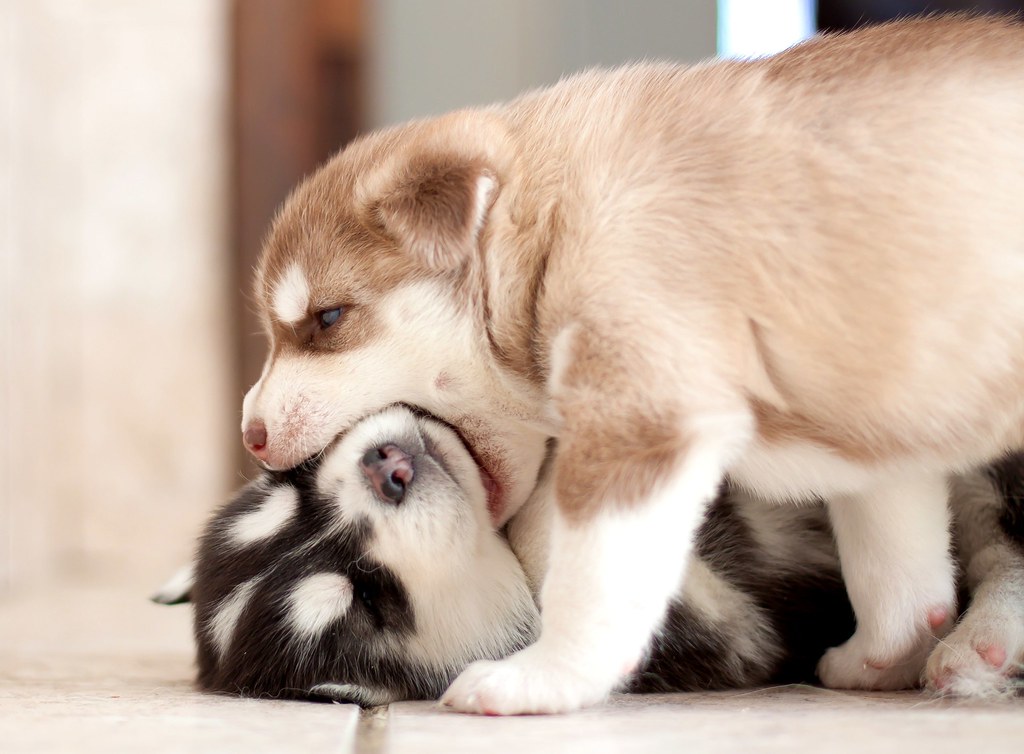
The world of expensive pets reveals humanity’s endless fascination with rare, beautiful, and exotic companions. From thoroughbred horses worth more than most people’s houses to tiny insects that cost as much as luxury cars, these extraordinary animals represent far more than simple pet ownership – they’re living investments, status symbols, and testament to the deep bonds we form with creatures great and small. Whether it’s the ancient dignity of a Tibetan Mastiff or the otherworldly beauty of a Peppermint Angelfish, each of these expensive pets offers something that money usually can’t buy: a connection to the wild, the rare, and the truly extraordinary.
The price tags might seem shocking, but for those who can afford them, these pets provide experiences and companionship that no ordinary animal could match. After all, how many people can say they share their morning coffee with a descendant of Himalayan guardians or watch the sunset with a bird that costs more than most people’s annual salary? What price would you put on truly one-of-a-kind companionship?
- 25 Most Expensive Pets in the World - August 19, 2025
- 15 Not So Nice Dog Breeds That Seniors Might Want to Avoid - August 19, 2025
- 15 Deadliest Raptors Soaring Over American Skies - August 19, 2025

